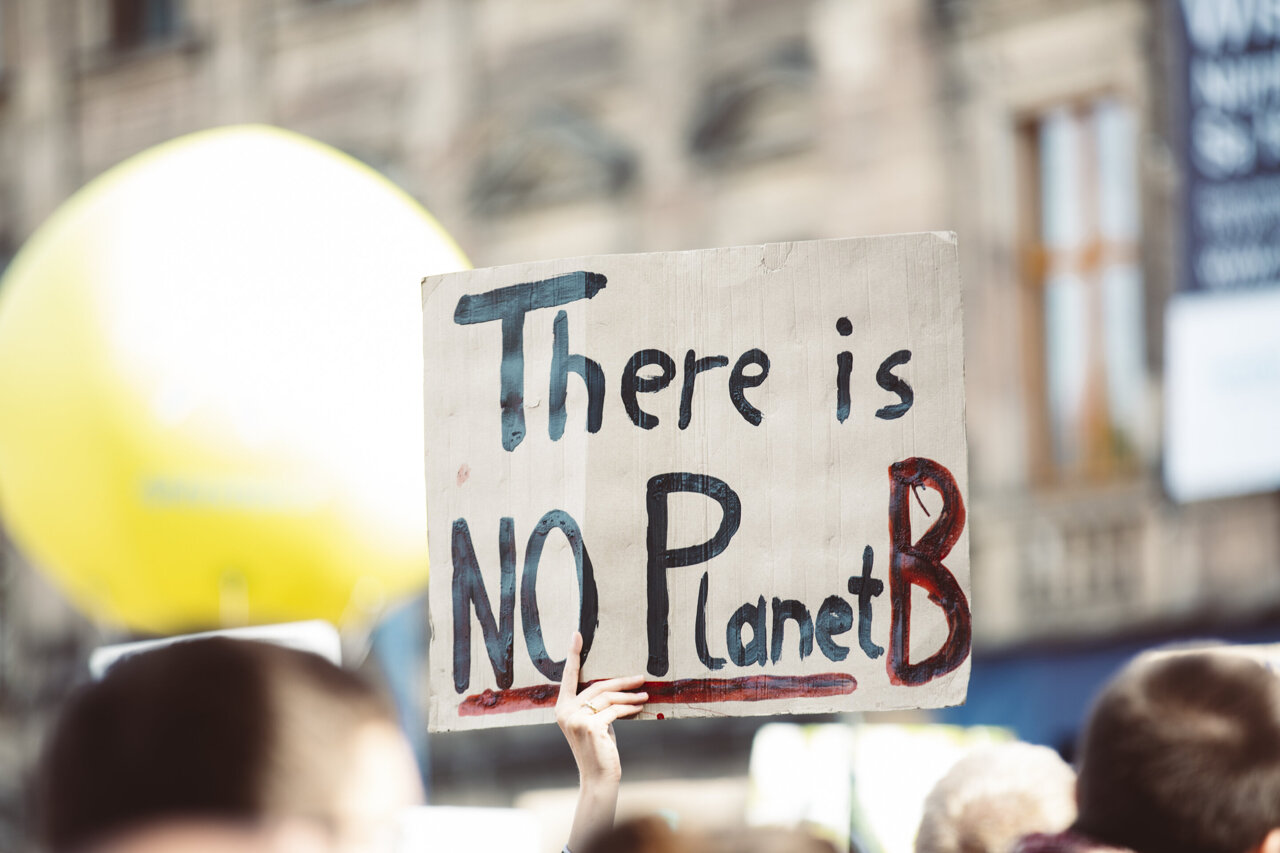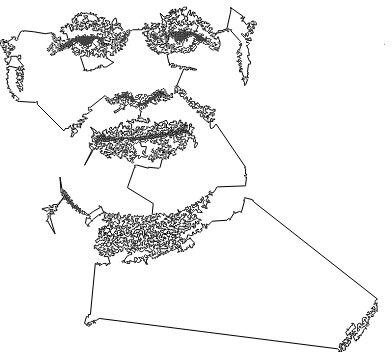#Skiing in the Alps faces a bleak future thanks to climate change

Table of Contents
“Skiing in the Alps faces a bleak future thanks to climate change”

Skiing was introduced into the Alps comparatively late in the 1880s, with the first ski-lift being developed in the Swiss resort of Davos in the winter of 1934. The industrial revolution was two centuries old by that point, but the world climate was still largely pre-industrial.
With no reason to worry about the weather, tourism took off. Thomas Cook had begun offering opportunities for the British to ski in the first decade of the 20th century and Alpine skiing became further popularized with its introduction into the 1936 Winter Olympics leading to a big growth in skiing infrastructure. All of which depended on a regular and predictable winter season with fresh snow replenishing those ski runs. Ski resorts were able to promise their visitors smooth surfaces, safe upward transport and machines on duty to reposition snow as and when required.
But finding cold and snow has proved harder in recent years. The small French village of Saint-Firmin recently removed its ski-lift (which dated back to 1964) because there has simply been a lack of snow for over a decade. This year, seven of eight early-season World Cup skiing events have been canceled due to another very warm summer in the Alps, when record-breaking temperatures reminded us that high-altitude environments are not immune to excessive heat.
The omens are not good. Average temperatures have already risen by 2°C since pre-industrial times, roughly double the global average. Since ice and snow is more reflective than the underlying rock and soil, with less of it on the ground more heat is absorbed and not radiated away from land. Warmer ground in turn makes it harder for snow to gather and remain frozen, and so on.
2022 was a particularly terrible year for Swiss glaciers with excessive melting and entire glaciers disappearing. Windblown Saharan sand even shrouded alpine snow in mid-March, turning it an eerie Mars-like orange and therefore causing it to absorb even more heat.
Long-term forecasting suggests that the Alps overall could be glacier-free every summer by 2100, with only high-altitude patches of snow and ice remaining. To avoid that scenario, the world would have to reduce emissions markedly in the intervening period. Without snow, skiing and other winter activities simply can’t happen.
Experiment and innovate
Bearing all that in mind, Alpine countries have been forced to experiment and innovate. In Switzerland, glaciers such as the Rhone glacier have been blanketed with permeable fabrics to slow melting. But these carry their own consequences in terms of material degradation and local pollution.
Ski resorts are not resting on their seasonal laurels. In resort villages across the Alps, there is increasing interest in how to develop a carbon-neutral tourist industry that places far less emphasis on plane and car travel. With a shorter skiing season, some resorts are looking to promote alternatives such as winter walking holidays while others warn that skiing and snowboarding will become increasingly the preserve of the rich and privileged as resorts are forced to invest in more artificial snow production and snow-preservation methods.
Winter activities are crucial to Europe’s mountainous countries and the Alpine Convention (which entered into force in 1995) was an attempt by signatories including Austria, France, Germany, and tiny Monaco to co-ordinate approaches to resources, transport, and tourism. But record-breaking temperatures and glacial retreat does create tensions, as water shortages affect capacity to generate hydroelectric power and disrupts water supply for downstream users across the region. Retreating snow and ice could in the future become the object of discord as Alpine neighbors come to terms with the idea that there is no longer a bountiful seasonal cycle of fresh and frozen water.
The outlook is bleak for skiing and winter sports in the European Alps. According to Swiss reports, 50% of the country’s ski slopes were covered in artificial snow for the 2020-21 season, which is formed by blasting tiny droplets of water into the air. This is very water- and energy-intensive. While there are now more energy efficient approaches to making snow, the process will always require lots of water and temperatures low enough for the mist to freeze and turn to snow.
Saving the winter economy in alpine resorts will prove very challenging. Skiing won’t disappear overnight but it will find itself operating in a Europe where winter as we know it appears to be disappearing.
This article is republished from The Conversation under a Creative Commons license. Read the original article.![]()
Citation:
Skiing in the Alps faces a bleak future thanks to climate change (2022, December 31)
retrieved 31 December 2022
from https://phys.org/news/2022-12-alps-bleak-future-climate.html
This document is subject to copyright. Apart from any fair dealing for the purpose of private study or research, no
part may be reproduced without the written permission. The content is provided for information purposes only.
If you liked the article, do not forget to share it with your friends. Follow us on Google News too, click on the star and choose us from your favorites.
For forums sites go to Forum.BuradaBiliyorum.Com
If you want to read more Like this articles, you can visit our Science category.


